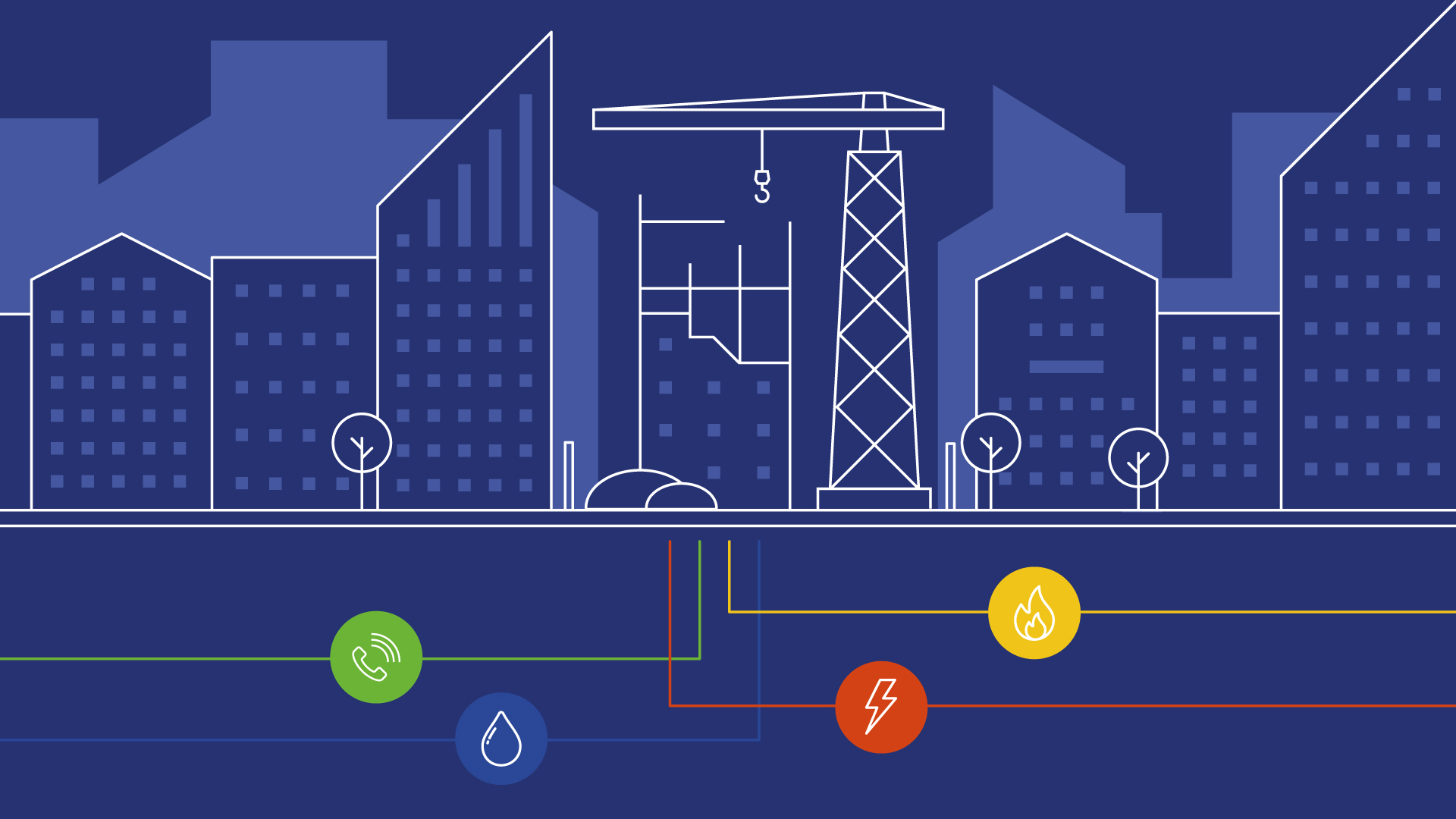Health & Safety Regulations are in place to protect us. These regulations are particularly important for those whose jobs involve working around utilities. Here we look at Health and Safety Regulation, HSG47.
Health and Safety Guide No. 47 (HSG47) outlines the potential dangers of working near underground services. It also gives advice on how to reduce any direct risks to people’s health and safety, as well as the indirect risks arising through damage to services.
Who needs to know about HSG47?
Anyone involved in commissioning, planning, managing and carrying out work on or near underground services needs to be aware of this guidance. In addition, the owners and operators of these services should familiarise themselves with HSG47.
HSG47 is relevant to all work involving areas where underground utilities could be found and disturbed. This covers everything from road works and excavation through to demolition and site investigation surveys. Underground utilities are widespread, so you should assume they are present unless you have evidence to show otherwise.
What aspects does HSG47 cover?
Identifying and managing the dangers
Damage to underground utilities can result in fatal or severe injury, as well as causing environmental damage, project delay and substantial additional costs.
Planning the work
Service drawings should be obtained from utilities companies and other relevant organisations. The site should be surveyed to identify and record the location of services and other underground structures. Plan work to avoid disturbing services. If emergency work is necessary, this will still require planning and risk assessment.
Locating, identifying and marking underground services
Locate the services in the work area, ensuring that those detecting and identifying services are competent with survey tools, detecting devices and the interpretation of plans. Identify, mark and confirm the status of the services detected, and record their location.
Safe excavation
Excavation techniques for work taking place near underground services should take into consideration:
- The nature and scope of the work
- The type, position and status of underground services
- The ground conditions
- Site constraints
Identified services should be carefully exposed and clearly marked, and a plan showing the location and nature of underground services given to those carrying out the work. Underground services should be well supported when backfilling excavations and concrete must not be used.
What does HSG47 say?
“Avoiding Danger from Underground Utilities”, updated in 2014, now goes as far as to suggest that clients buy a utility report or use a searching system. This is because of the complexities of who owns which assets since deregulation. It goes on to give guidance on recording where contractors move plant. The guidance also has recommendations for the use of locating devices in detecting buried services. More can be expected when PAS 256 “Buried assets – Collection, recording and sharing of location information data” is finalised through the BSI.
Take a look at our Utility Searches reports to see how we can help.

